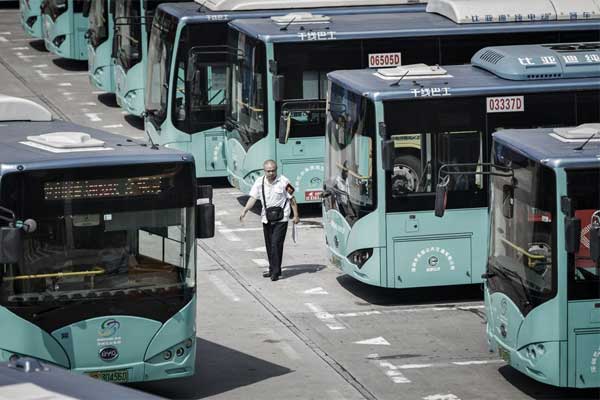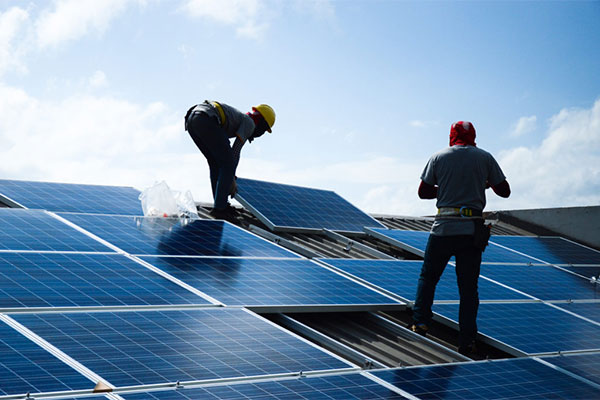China is the clear global leader in the production and sale of electric vehicles (EVs).
With EVs still at a cost disadvantage to vehicles made with traditional internal combustion engines (ICE), rapid growth in EVs has been made possible by China’s very generous subsidy policy.
With an average subsidy of $10,000 per vehicle, China’s central and local governments spent $7.7 billion on EV subsidies in 2017. The country hands out manufacturing incentives as well as subsidies to consumers.
In 2017, over 770,000 EVs were manufactured and sold in the country, a 53 percent increase over 2016 and almost four times the number sold in the United States.
Cities are embracing this stunning EV growth potential and are investing in their public transport companies, thereby fueling the rapid growth of EV adoption.
For example, the Chinese city of Shenzhen is the first in the world to electrify 100 percent of its buses, and now, the city wants to focus on doing the same for its taxi fleet.
Also, 65 percent of taxis in Shenzhen are currently electric but the city plans to electrify 100 percent by 2020.
The city has built 510 bus charging stations and 8,000 charging poles.
“A bus can be fully charged within two hours and the charging poles can serve 300 buses a day,” said Guan Anguang, assistant manager at Qinghu Bus Terminal.
This has made China the world’s biggest market for EVs.
Investing in green transport is part of China’s so-called “war on pollution,” where air quality in its biggest cities often reaches hazardous levels—a problem the government is at pains to alleviate
Chinese leaders face the difficult choice of prioritizing either economic growth or environmental and social welfare.
For the past several years, Beijing has a made a concerted effort to reduce high concentrations of air pollution across China.
While China wants cleaner air and has aggressive targets for the adoption of EVs, critics say paying subsidies is an expensive way for the government to achieve its objectives.
















Comments